Hallowe’en special: Scotland’s most haunted places
This article contains affiliate links. We may earn a small commission on items purchased through this article, but that does not affect our editorial judgement.
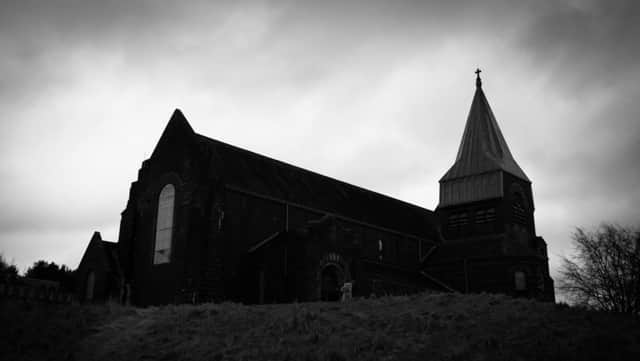

From hospitals to mansions, castles to schools, they have become a playground to many urban explorers and paranormal investigators.
They contain memories of what they once were and perhaps something slightly more sinister...
Advertisement
Hide AdAdvertisement
Hide AdThe Kingdom of Fife has its share of derelict buildings from hospitals to airfields and even an island.
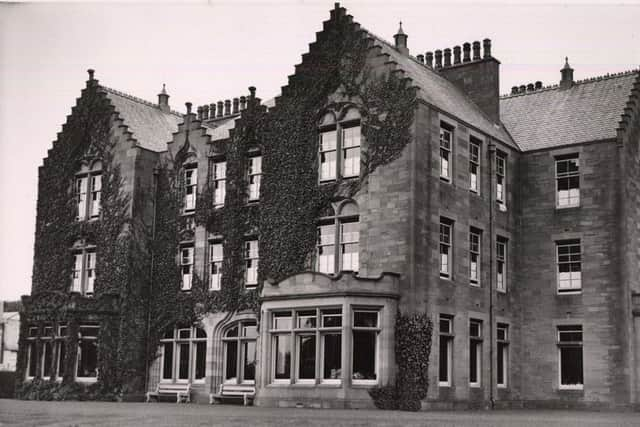

The island of Inchkeith, which lies in the Firth of Forth, has been inhabited on and off for 1800 years but now it is home to sea birds and the destination of tourism boat trips. It was first used in 1497 to quarantine people suffering from grandgore (syphilis) and then in 1589 as an isolation refuge for plague sufferers.
It mainly served as a military fort and many artillery houses can still be found in various states of disrepair. Military use of the island ceased in 1967, after which Inchkeith worked as a farm.
Rumours of forbidden experiments which include links to the infamous Manhattan Project and the controversial treatment of feral children continue to surround the island.
Advertisement
Hide AdAdvertisement
Hide AdTravel further up the coast to Montrose, and you’ll find the town’s Sunnyside Royal Hospital, Scotland’s first asylum.
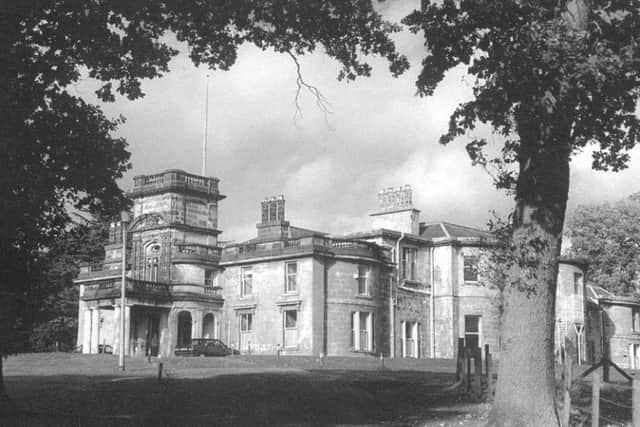

Sunnyside was built in 1781 after concerns were made by locals of “mad people kept in a prison in the middle of the street”. By 1853, the number of residents passed the 200 mark. One notable patient was Charles Altamont Doyle, father of Sir Arthur Conan Doyle. In 1881 he was committed to a nursing home which specialised in treating alcoholism. While there, his depression grew worse, and he began suffering seizures. Following a violent escape attempt, he was sent to Sunnyside. He died in 1893 at Crichton Royal Institution in Dumfries.
The original asylum closed in 1866 and after many different guises, parts of the hospital finally began to close throughout the 1990s.
But some staff are rather reluctant to leave...footsteps can be heard echoing along the deserted wards accompanied by the sounds of curtains and doors being opened and closed. Is there a nurse still on duty long after the last patients have left?
Advertisement
Hide AdAdvertisement
Hide AdDid you know that a castle in Aberdeenshire is connected with the world’s most famous vampire?
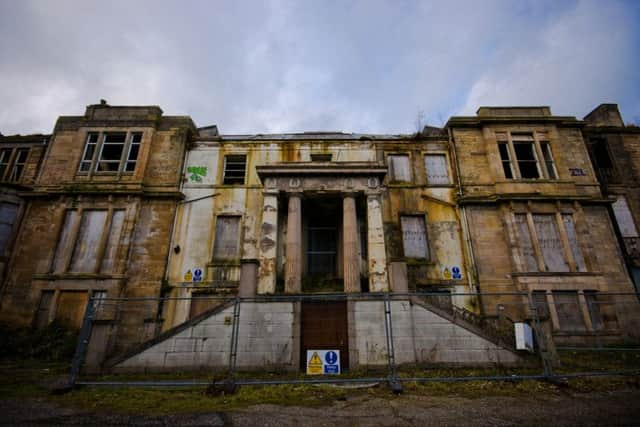

New Slains Castle in Cruden Bay, is known locally as Dracula’s Castle. It is believed that Bram Stoker was so inspired on a visit to the area in 1895, that it formed the basis for his famous novel.
Stoker stayed in the nearby Kilmarnock Arms Hotel, and early drafts of his book had Dracula coming ashore to Cruden Bay after his sea voyage from Transylvania, although this was changed for the published version.
To add to the already eerie feel, a number of ghosts are said to call Old Slains their home. World War Two soldiers have been spotted in the grounds along with a phantom horse and carriage.
Advertisement
Hide AdAdvertisement
Hide AdIt’s also rumoured that mermaids swim in the sea just off the coast close to the castle. One of the mythical creatures is said to have caused a small boat to steer off course and smash against the rocks. All except one of the crew drowned.
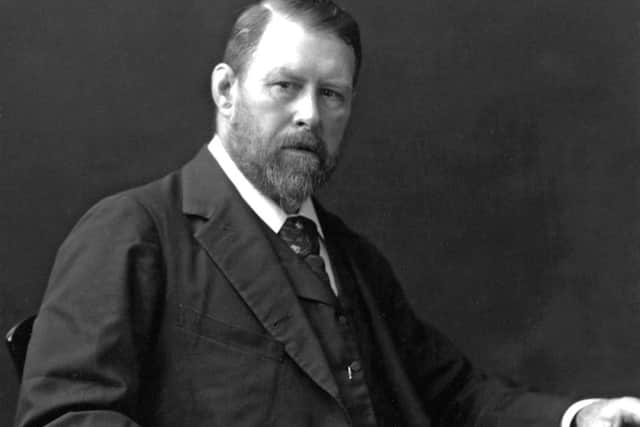

Leaving the legend of Dracula behind and heading west to Falkirk, there’s Larbert House, which shares a similar history with many other grand country homes across the country.
After the death of its original owner, the building passed down through the Stirling/Chalmers family. Extended in 1904 with the addition of servants’ quarters, it changed hands several times until it became too expensive for the private owners to maintain.
Larbert House was then passed into the public sector, in this case, the Central Scotland Healthcare Trust, where it became staff quarters for nurses serving the adjacent asylum.
Advertisement
Hide AdAdvertisement
Hide AdIt was later abandoned when a more modern hospital was built nearby. A tunnel was later found leading from the old asylum to the derelict mansion and it is thought the underground passageway would have allowed wealthy guests staying at Larbert House 200 years ago to avoid meeting staff on the walk to the loch.
Ruins and old abandoned buildings are inevitably an attraction for paranormal investigators and Larbert House is no exception. In early 2000, investigators confirmed that a ghostly Grey Lady has been seen surfacing from the nearby pond known as The Icie.
Also home to a Grey Lady is Broomhill Hospital in Kirkintilloch. In 1875 local philanthropist Beatrice Clugston, pledged to raise money in order to open a new health facility.
In the spring of that year, she organised a bazaar raising £14,175. The money was used to purchase the hospital along with 80 acres of surrounding land. Broomhill was officially opened on August 30, 1876, and housed patients that suffered from TB, cancer, brain damage, Huntingtons disease and other incurable illnesses. It closed in 1995.
Advertisement
Hide AdAdvertisement
Hide AdThe Grey Lady, thought to be Beatrice herself, has often been spotted in the hospital by urban explorers.
Manifestations are said to have intensified after a portrait of Beatrice was stolen, shortly before it closed. Other ghostly goings on include doors opening and closing seemingly by themselves and whispering voices.
Perhaps one of the most famous hospitals in Scotland – certainly the most atmospheric – is Bangour Asylum. Situated a few miles outside the village of Dechmon in west Lothian, Bangour Village Hospital was formally opened in 1906 and at its height treated over 3000 patients.
Following a visit to Altscherbitz in Germany by the Lunacy Board in 1897, Bangour was based on the “continental colony system” which had already proved successful at the German town’s Knappschaft Asylum.
Advertisement
Hide AdAdvertisement
Hide AdThe “village” had its own accommodation villas, recreation halls, treatment facilities and even its own farm, church, shop and bus stop.
The hospital had only been in use for a decade before it was requisitioned for military use. Meanwhile, the mentally ill patients were displaced to other Scottish asylums; some never to return to the place that had become the only home they knew.
The Asylum has been through many changes from a war hospital to a psychiatric facility. The last patients close to a century after the first ones arrived.
Since the First World War, ward nine has gained a reputation for being the site of some paranormal activity. Strange noises, objects moving of their own accord, and shadowy figures walking along the corridor have all been reported as well as the claim that a male voice can be heard screaming “get out!” to any explorers brave enough to venture inside.
Advertisement
Hide AdAdvertisement
Hide AdThose that have the courage to pay a visit the village’s church have reported very strange goings on. There is often the smell of sulphur tinging the air, the sound of growling although there are no animals around and the unsettling feeling of being watched. Upon leaving, many found unexplained small scratches and bruises on their bodies. Is their a demonic presence at Bangour?
We’ve highlighted just a handful of places that are said to be haunted, but do you know of any others in your area? If so, we’d love to hear from you, email your stories to [email protected] or comment here.
Ghosts, ghouls, monsters and things that go bump in the night
Scotland, as part of the UK, is the nation that invented both the gothic ghost story and the eccentric pastime of ghost hunting. It is also the world’s most haunted country, with more ghosts per square mile than anywhere else in the world.
Advertisement
Hide AdAdvertisement
Hide AdThis of course is not a provable assertion, but there is many a believer who claims it to be true.
In the introduction to his 2007 book, The Haunted: A Social History of Ghosts, author Owen Davies wrote that in the 1940’s a folklorist calculated that there was one ghost to the square mile in his district of Warwickshire.
According to Davies, if we assume the same density of disembodied spirits throughout the rest of the country, we’d come up with a ghostly population of around 50,000. And of course Scotland’s lonely expanses are no less haunted than the rest of the United Kingdom.
From dark closes to whispering moors, creepy castles, pubs with poltergeist activity and even a haunted road to make the hairs on your neck stand up and the hair on your head turn a whiter shade of pale.
Advertisement
Hide AdAdvertisement
Hide AdTo help celebrate All Hallow’s Eve, the day that the dead are said to walk amongst us, there is a wealth of ghost tours, vigils and other events for those brave enough to take part. Are you...?
For information on events in your area, visit the National Trust for Scotland website.